
Soil Health & Fertilization
We unite suppliers and green industry professionals worldwide
What’s not to love about a flower that delivers drama, color and resilience? Dahlias are really the perfect choice.
By Victor Miller
|Published on June 10, 2025
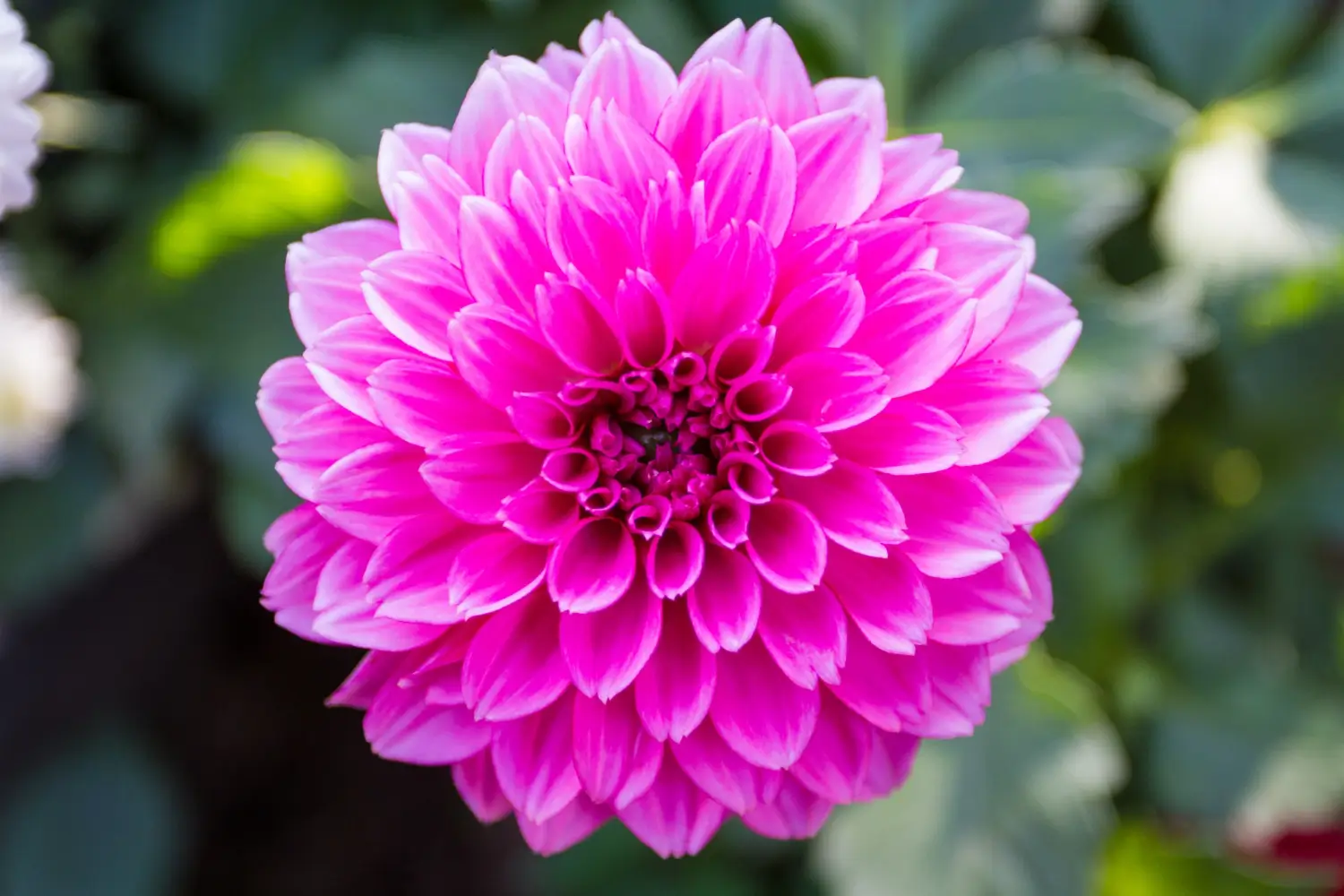

“When you plant a dahlia, you’re not just putting a flower in the ground, you’re putting a piece of art in your garden.”
What’s not to love about a flower that delivers drama, color and resilience? Dahlias are really the perfect choice. The blooms’ striking beauty and versatility have established their place among garden favorites. From their explosion of colors to their myriad shapes, dahlias make a bold statement in any landscape.
Curious about how to grow and care for them? Read on for the secrets of a successful dahlia show.
| Botanical name | Dahlia pinnata |
| Common name | Dahlia |
| Type | Perennial |
| Sunlight | Full sun |
| Height | 1-5 feet high, depending on variety |
| Bloom Time | Summer to fall |
| Types Of Flowers | Single, semi-double, pompon, cactus and dinner plate |
| Watering | Moderate, well-drained soil |
| Hardiness Zone | 8-10 |

September 25, 2025
9 minute read
September 24, 2025
9 minute read
September 23, 2025
10 minute read
September 22, 2025
9 minute read


Join as a seller and connect with thousands of B2B buyers nationwide!
Sign Up
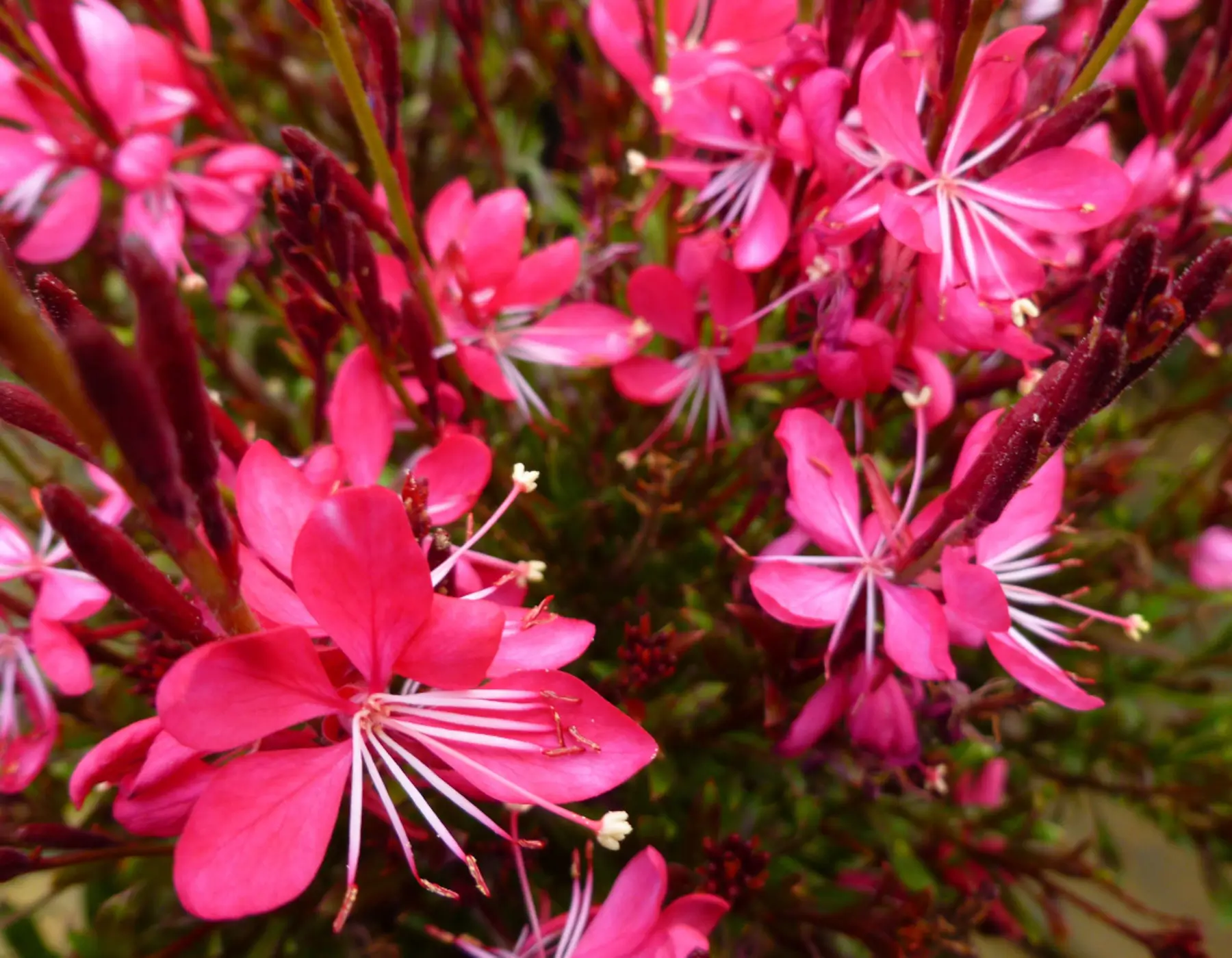
Wandflower
A Soft Bloomer That Dances in the Breeze
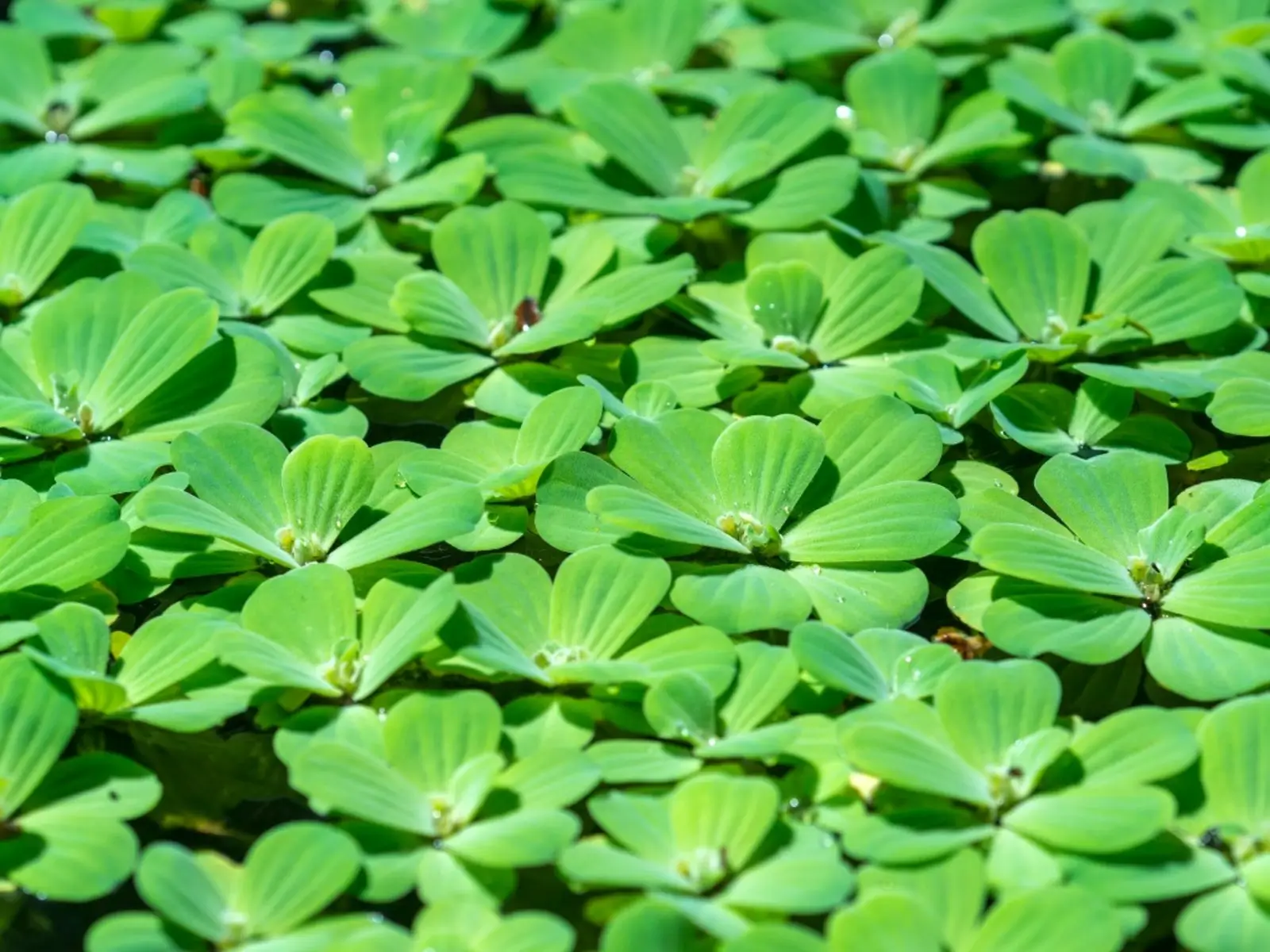
Water Lettuce
A Floating Beauty With a Leafy Name and Lush History
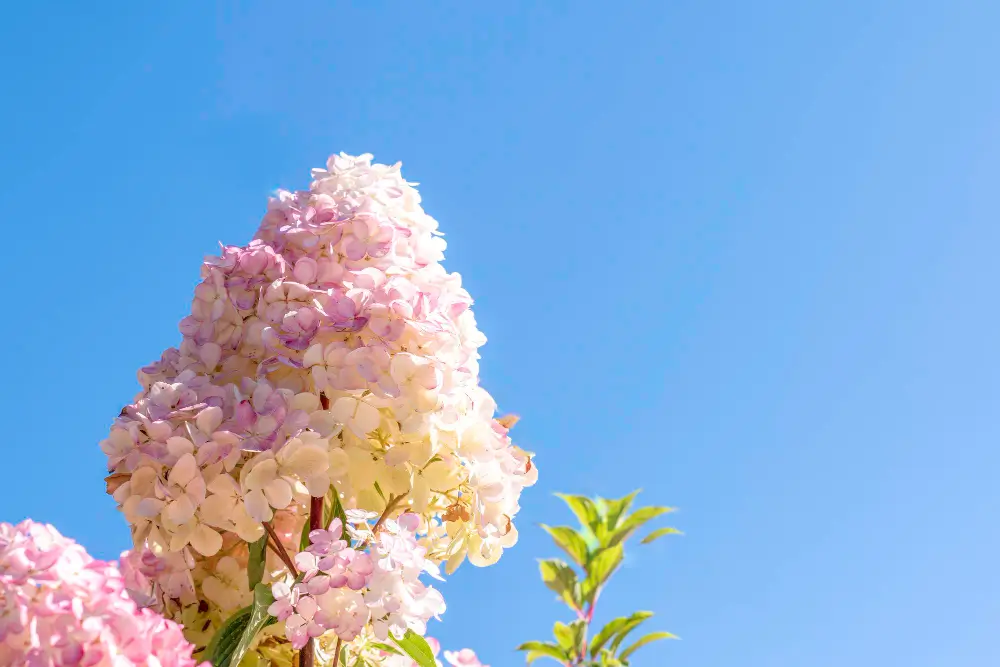
Quick Fire Hydrangea
Quick Fire Hydrangea is an early blooming, fiery-toned shrub that brings drama and color to the garden long before most hydrangeas even think about flowering. It comes into bloom as early as late spring, and sets landscapes aglow with frothy white flowers
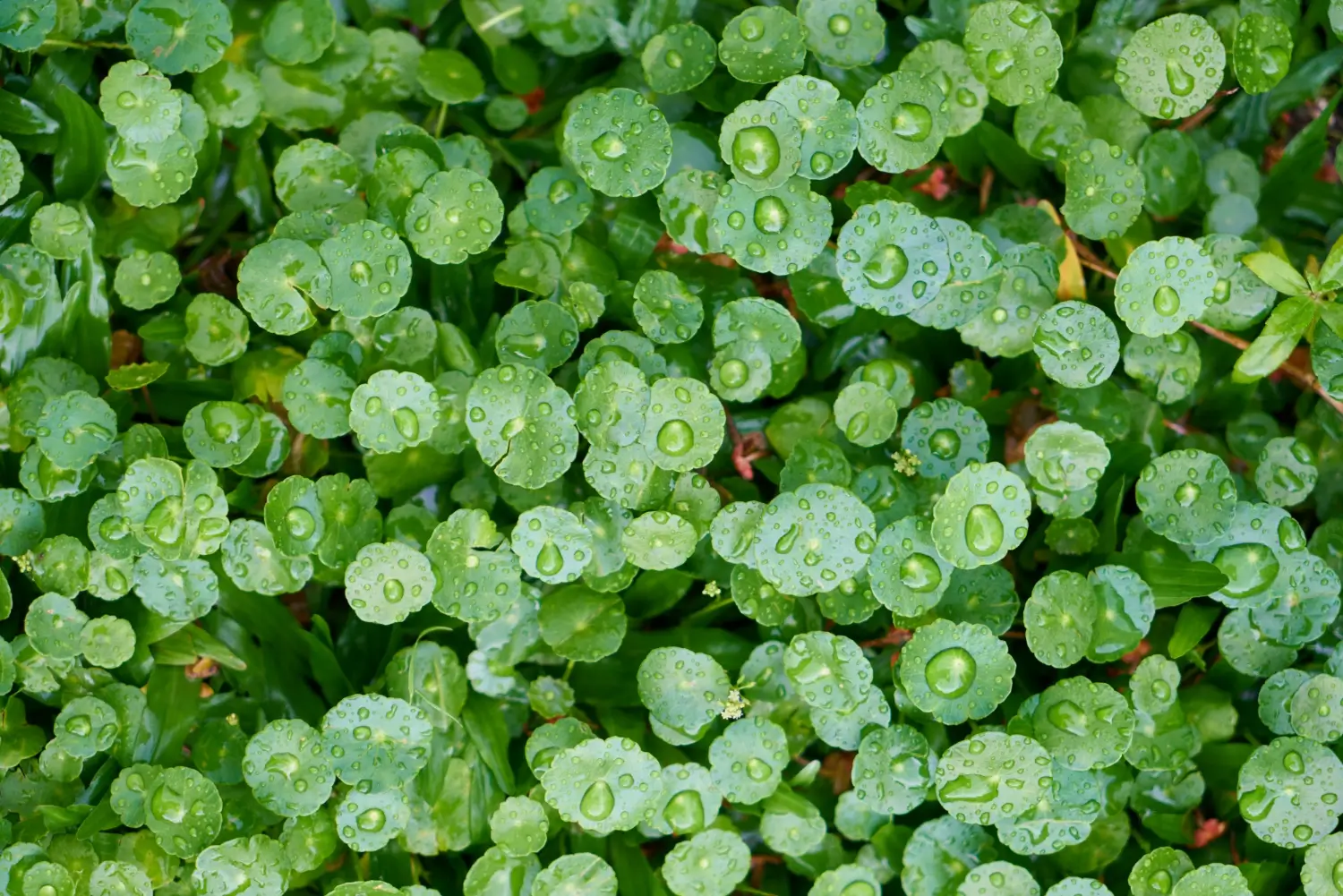
Watercress
A pepper green that’s as spicy as it is fresh
Dahlias are not particularly difficult to care for if you can give them the right conditions. They love full sun, well draining soil, and steady moisture without being overwatered. The more you pamper them, the more you’ll be rewarded with glorious blooms and waxy stems. With little care, dahlias can flower generously from midsummer to fall, providing months of color. With proper care, these plants will grow to become the stars of your garden!
Dahlias love the sun. They do best in full sun, needing a minimum of 6-8 hours of direct sunlight each day.
Benefits of morning sun — Morning sun is particularly beneficial as it helps dry up moisture early in the day, preventing fungal diseases from occurring. When they don’t have enough light, dahlias become lanky and flower less.
Dahlias like light, well-draining soil with a slightly acidic to neutral pH. Loamy or sandy soil incorporated with organic matter such as compost offers ideal conditions. Make sure the soil doesn’t retain too much water, which can lead to root rot. In order to avoid over watering and to promote healthy root development, soil that drains well is important.
A balanced water system is required for watering of dahlias. They like to be consistently moist, but puddles can cause rot. Deep water 2-3 times a week, keeping the soil moist, but not soggy Dahlias grown in containers dry out more quickly, so monitor their moisture more frequently. Be sure to water at the base to avoid getting moisture on the leaves, which can lead to fungal diseases.
Pruning dahlias enhances their beauty and promotes more flowers. A cardinal rule for real gardeners, and particularly floriferous ones, is to deadhead spent flowers. Remove them to order the plant, in its efforts to survive and reproduce, to devote its limited resources to fresh growth, not seed production.
Pinching back young plants — especially when they hit 12-16 inches — promotes side shoots for bushier plants, fuller overall growth and increased robustness. Deadhead regularly over the blooming season for a prolonged display of flowers. Overtide, remove any damaged or diseased stems to encourage health.
Dahlias can be propagated by dividing tubers or taking cuttings, so you have the chance to grow your garden (with little cost). To divide your tubers, wait until the plant has gone dormant after the first frost. Dig the tubers, dry and cut in pieces, ensuring that each piece has at least one eye (bud). Over winter, store them in a cool, dry spot and replant them in spring. Instead, root cuttings from young plants, by cutting 4-inch shoots and rooting them in moist potting mix.
Dahlias can also be grown well in pots, making them a great choice for patios or balconies. Pick a container that is at least a foot across and deep (but it can be as deep as three feet) and has adequate drainage to prevent waterlogging. Utilize a rich well-draining potting mix, and water regularly so that the soil does not fully dry out. Dahlias in containers may also need more frequent watering; make note of the moisture levels. Feed it every 2 weeks with a balanced, low-nitrogen fertilizer to promote blooms.
In cooler temperatures, dahlias aren’t frost-resistant, and must be dug up and stored through winter. A cue to stop is after the first frost, which indicates dormancy; finally, just trim the stems back to 4 inches or so.
Lift the tubers and allow them to dry for a couple days. Keep them somewhere cool and dry — ideally 40 to 50 degrees — in peat moss or sawdust so they don’t freeze. In spring, replant the tubers for another season of bright flowers.
Dahlias usually start blooming in mid-summer and flower until the first frost, providing a long season of color for your garden. Plant your dahlias in full sun to promote maximum bloom production since full sun is essential to healthy flower formation. If you remove the wilted flowers as they fade, the plant is stimulated to produce new flowers. Also, make sure they're well fed with balanced nutrients (not too much nitrogen, which leads to all leaves no flowers).
While generally easy to grow, dahlias are prone to a few problems:
Yes, dahlias are perennials, which means they have the ability to return each year if their tubers are correctly overwintered in colder areas.
This may result from insufficient sunlight, overcrowding, too much nitrogen fertilizer or insufficient deadheading. Make sure your plants are in full sun and do the usual upkeep.
Pinching out young plants, and giving them plenty of sun, water and nutrition will produce bigger flowers. Don’t over-fertilize with nitrogen, which can result in excessive foliage and no blooms.
Yes, dahlias do well grown in pots. Just make sure to use container large enough, use good potting soil and water regularly to keep them healthy.

Soil Health & Fertilization
Victor Miller

Pest Identification & Prevention
Victor Miller

Lawn Care Tips & Maintenance
Victor Miller

Soil Health & Fertilization
Victor Miller

Smart Irrigation Systems
Victor Miller

Patios, Walkways & Driveways
Victor Miller

Soil Health & Fertilization
Victor Miller

Pest Identification & Prevention
Victor Miller
My Account
Our team is always here to help.
We are open Monday - Friday, 9:00 AM to 4:30 PM PST.